Best Seasons for Storm Restorations
Storm restorations are most effectively performed during specific times of the year when weather conditions are favorable. The optimal period generally spans late spring through early fall, avoiding the harsher winter months when snow and ice can complicate repair efforts.
This period offers milder weather and less risk of severe storms, allowing for safer and more efficient restoration work.
Weather remains relatively stable, providing an ideal window for repairs before winter conditions set in.
Performing restorations outside peak storm seasons can reduce delays caused by weather and contractor scheduling.
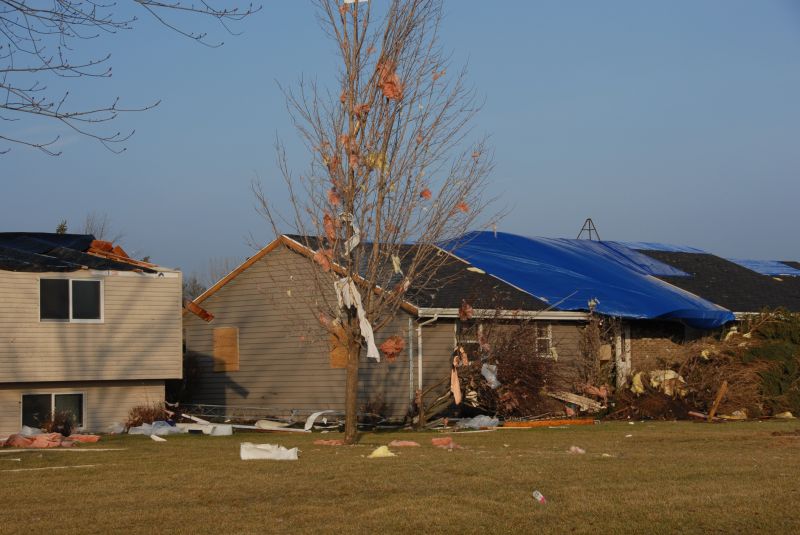
Assessing damage promptly after storms ensures timely restoration.
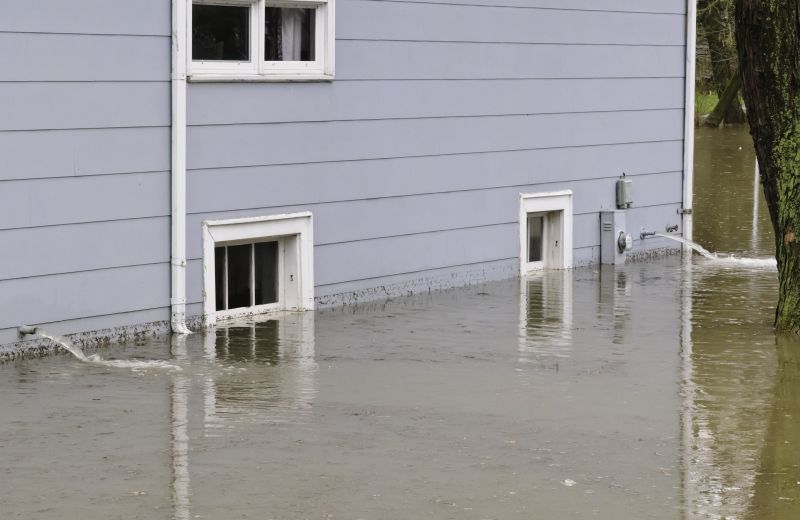
Pre-storm preparations can minimize damage and streamline repairs.
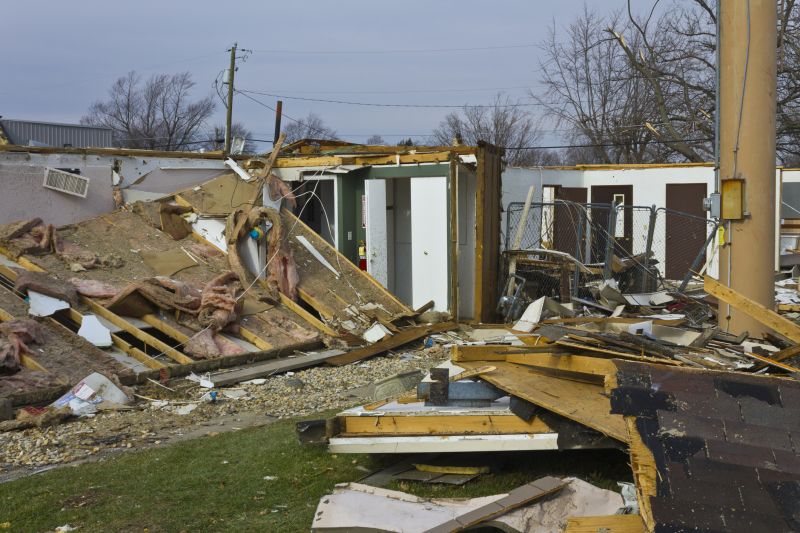
Restoring properties quickly after storms reduces long-term damage.
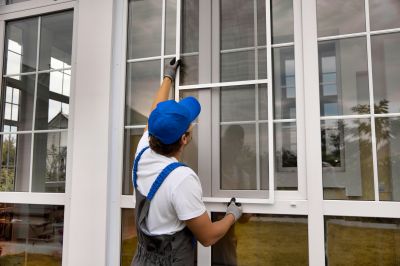
Ways to make Storm Restorations work in tight or awkward layouts.

Popular materials for Storm Restorations and why they hold up over time.

Simple add-ons that improve Storm Restorations without blowing the budget.
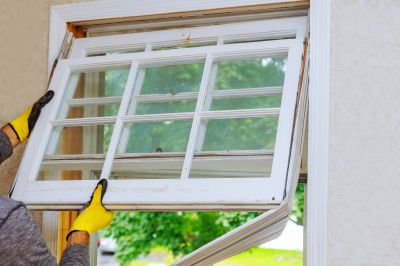
High-end options that actually feel worth it for Storm Restorations.

Finishes and colors that play nicely with Storm Restorations.
Storm restorations involve repairing and restoring properties damaged by severe weather events such as high winds, hail, and heavy rain. These efforts include fixing roofs, siding, windows, and addressing water intrusion issues. Timely restoration minimizes structural damage and helps prevent mold growth and other secondary problems.
Statistics indicate that the majority of storm-related damages occur during peak storm seasons, making early intervention crucial. Proper planning and scheduling during optimal times can lead to faster repairs and cost savings. Weather patterns and regional storm activity should be monitored to determine the most suitable window for restoration projects.
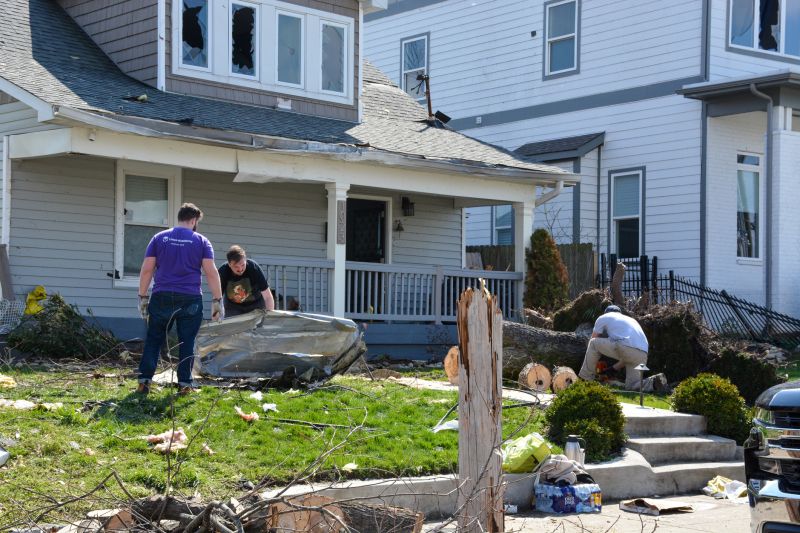
Restoring roofs and exteriors promptly after storms is essential for property protection.
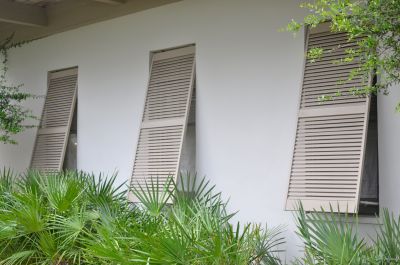
Scheduling restorations during stable weather reduces delays and safety risks.
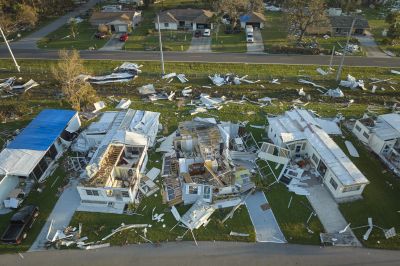
Understanding storm impacts helps prioritize repairs and improve resilience.
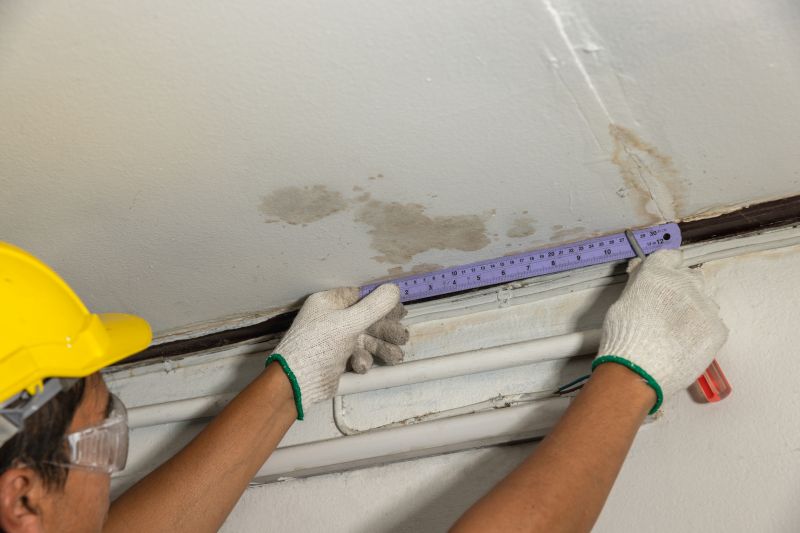
Little measurements that prevent headaches on Storm Restorations day.

A 60-second routine that keeps Storm Restorations looking new.
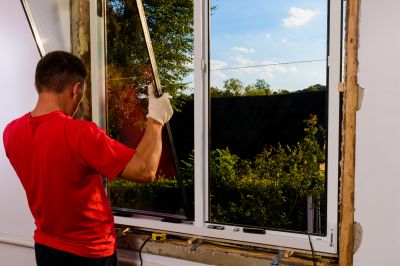
A frequent mistake in Storm Restorations and how to dodge it.
| Season | Advantages |
|---|---|
| Spring | Milder weather, less storm activity |
| Summer | Longer daylight hours, stable conditions |
| Early Fall | Fewer storms, good weather |
| Late Fall | Preparation before winter |
| Winter | Limited restoration activities due to snow and ice |
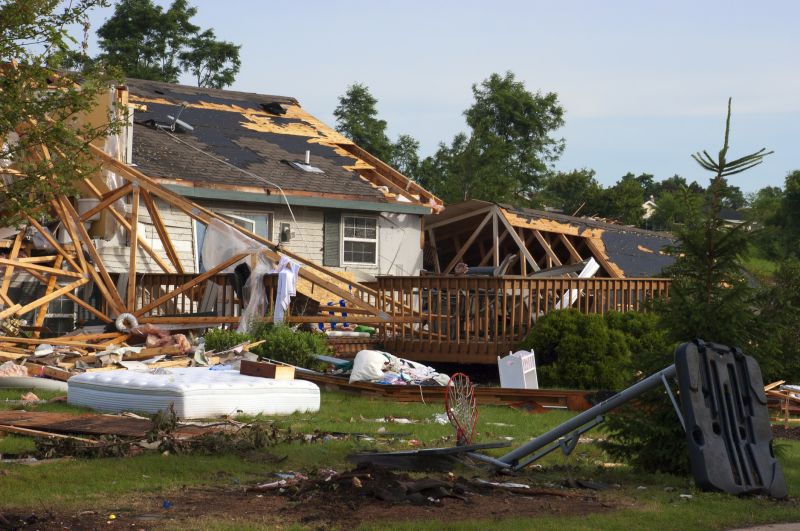
Timely roof repairs prevent leaks and structural damage.
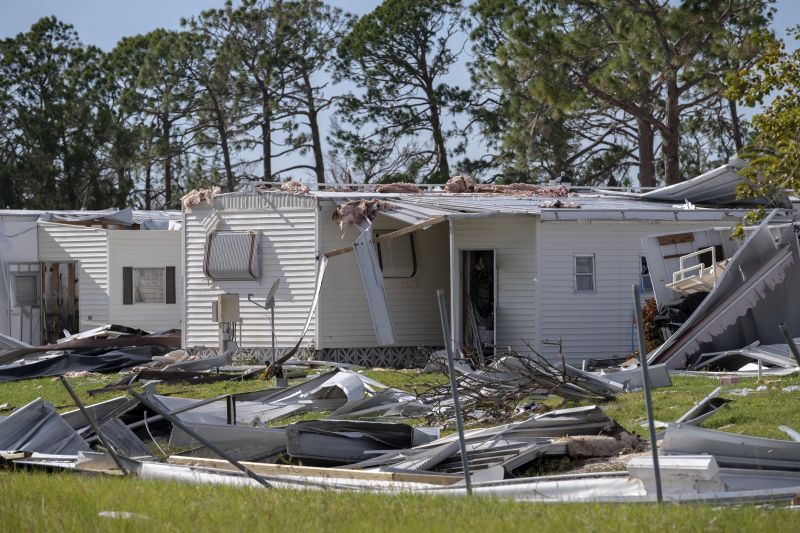
Restoring siding helps protect against future weather damage.
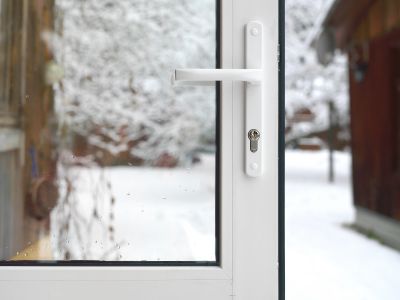
Replacing damaged windows and doors enhances property security.
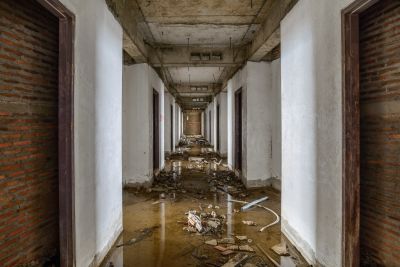
Addressing water intrusion reduces mold and further deterioration.

Small tweaks to make Storm Restorations safer and easier to use.

Lower-waste or water-saving choices for Storm Restorations.
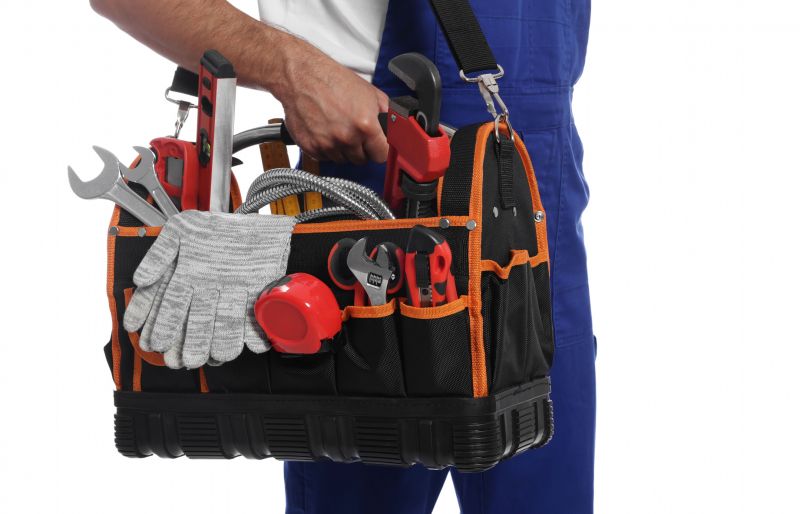
The short, realistic tool list for quality Storm Restorations.
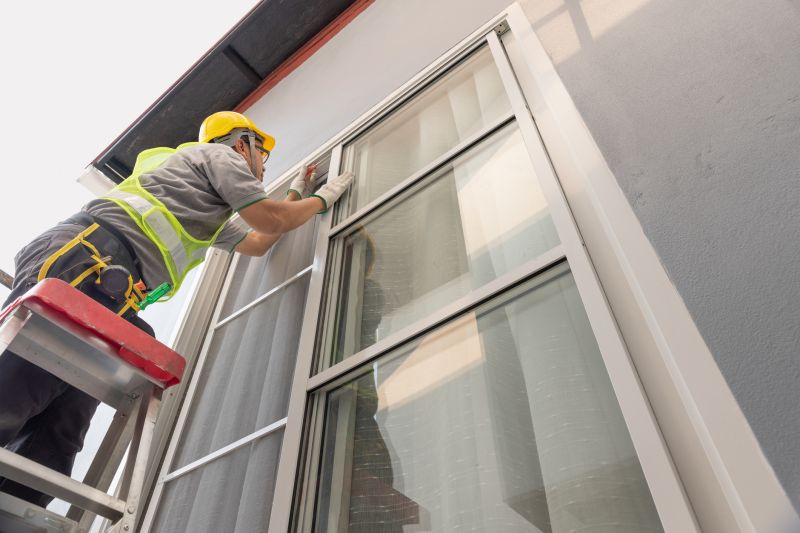
Rough timing from prep to clean-up for Storm Restorations.
Interested property owners are encouraged to contact for more information on scheduling storm restorations during optimal times. Proper timing ensures efficient repairs and minimizes disruption, helping maintain property integrity after severe weather events.
